When you pick up a generic pill at the pharmacy, you expect it to work just like the brand-name version. And for the most part, it does. The FDA requires generic drugs to have the same active ingredients, strength, dosage form, and performance as their brand-name counterparts. But here’s the problem: the safety warnings on generic drugs often lag behind.
Why Generic Drug Warnings Are Out of Date
The FDA’s safety alert system, called MedWatch, collects reports of side effects, drug interactions, and manufacturing issues from doctors, patients, and pharmacies. When a new risk is found - say, a generic blood thinner causing unexpected bleeding - the FDA can issue a public alert. But here’s the catch: only the original brand-name drug maker can update the warning label on their own. Generic manufacturers must wait for the brand-name company to change its label first. Then, and only then, can they update theirs. This rule comes from the Hatch-Waxman Act of 1984, which was designed to speed up access to cheaper generics. But it created a dangerous loophole. If a brand-name company ignores new safety data, or delays updating its label, the generic versions sit with outdated warnings - even if patients are getting hurt. In 2013, the FDA proposed a fix: let generic manufacturers update their own labels using the same process brand-name makers use, called the “Changes Being Effected” (CBE-0) rule. This would let them act fast when new risks appear - without waiting for approval. But the proposal has been stuck for over a decade. Generic drug companies argue it opens them up to lawsuits. Brand-name companies say it undermines competition. Meanwhile, patients keep taking pills with warnings that don’t match reality.What’s Actually in Generic Drugs - and What’s Not
It’s true: generic drugs must match the brand-name version in active ingredients, strength, and how they work in your body. But they can differ in other ways. Colors, shapes, flavors, and even inactive ingredients - called excipients - can vary. For most people, this doesn’t matter. But for some, it does. Take ophthalmic (eye) drops or injectables. The FDA requires these generics to match the brand’s excipient levels exactly. Why? Because even small differences in preservatives or buffers can irritate sensitive tissues or change how the drug is absorbed. In 2021, FDA staff noticed a new generic version of a heart medication had a different tablet orientation. They launched a proactive safety review - not because the drug failed tests, but because the change might confuse patients or affect how it’s taken. Excipients might seem like filler, but they can trigger allergic reactions or interact with other drugs. A patient with a corn allergy might not realize a generic version uses corn-derived starch. Someone on a low-sodium diet might unknowingly ingest more salt from a different generic formulation. These aren’t theoretical risks. They’re documented cases.How the FDA Monitors Generic Drug Safety
The FDA doesn’t just sit back and wait for problems to come in. Its Office of Generic Drugs runs monthly checks on the FDA Adverse Event Reporting System (FAERS). This database collects over 1 million reports a year from doctors, patients, and drugmakers. When a new generic hits the market - say, the first version of a psychiatric drug called Rexulti - the FDA watches it closely for the first year. In that case, no safety signals showed up. But monitoring gets harder with complex generics. Think transdermal patches, extended-release injectables, or inhalers. These aren’t simple pills. Their delivery systems matter. A generic inhaler might deliver the same drug, but if the particle size or spray pattern is slightly off, the dose you get could be too low - or too high. The FDA calls these “complex generic drug products,” and they’re growing fast. By 2024, over 40% of new generic approvals were for complex formulations. The agency also publishes drug safety alerts on its website. In September 2024, it announced the voluntary withdrawal of Oxbryta, a brand-name drug for sickle cell disease, due to liver toxicity. That alert applied to all versions of the drug - including any generics that might follow. But if the brand had delayed its own warning, the generics would’ve stayed on shelves with old labels.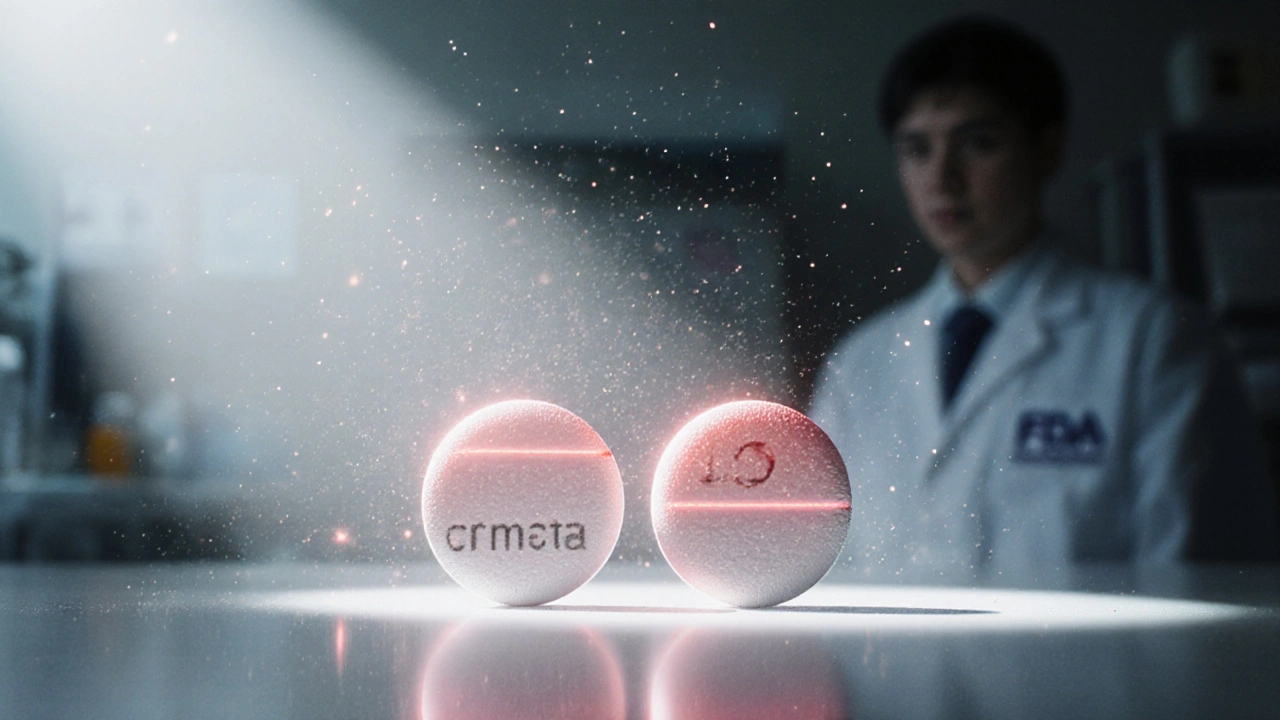
Who’s Speaking Up - and Who’s Staying Silent
Twenty-seven consumer health organizations - including Patient Safety Movement Foundation and Public Citizen - wrote to the FDA in 2022 urging them to finalize the 2013 proposal. Their argument? “Patients deserve up-to-date safety information, no matter if their drug is brand or generic.” But the Generic Pharmaceutical Association (GPhA), which represents generic makers, pushed back. Their chief regulatory officer, David Gaugh, said the rule change would “contradict the Hatch-Waxman Act” and could scare companies out of the market. Why? Because if a generic maker updates a label and a patient gets hurt, they could be sued - even if the brand-name maker never changed their own label. Legal experts say this fear isn’t unfounded. Brand-name companies have been sued for years for failing to update warnings fast enough. If generics gain the right to update labels, they’ll face the same lawsuits - but without the same marketing power or legal resources. So many choose silence. Meanwhile, the FDA’s own scientists are raising red flags. Dr. Xin Fu, who leads excipient safety assessments, has warned that differences in inactive ingredients can change how a drug behaves in vulnerable populations - like the elderly or people with kidney disease. “It’s not just about the active ingredient,” she says. “It’s about the whole package.”What You Can Do as a Patient
You can’t control the labeling system. But you can protect yourself.- Check the FDA’s Drug Safety Alerts page regularly. If your drug is listed, it’s not just a warning - it’s a signal to talk to your doctor.
- Compare your pill’s appearance to the brand version. If your generic looks different - different color, shape, or markings - ask your pharmacist if it’s the same manufacturer. Sometimes, a change in manufacturer means a change in excipients.
- Report side effects directly to MedWatch. Even if your doctor doesn’t report it, your report counts. In 2023, over 20% of critical safety signals came from patient reports.
- Ask your pharmacist if your generic has been on the market for less than a year. New generics get extra monitoring. If yours is new, ask if there are any known issues.
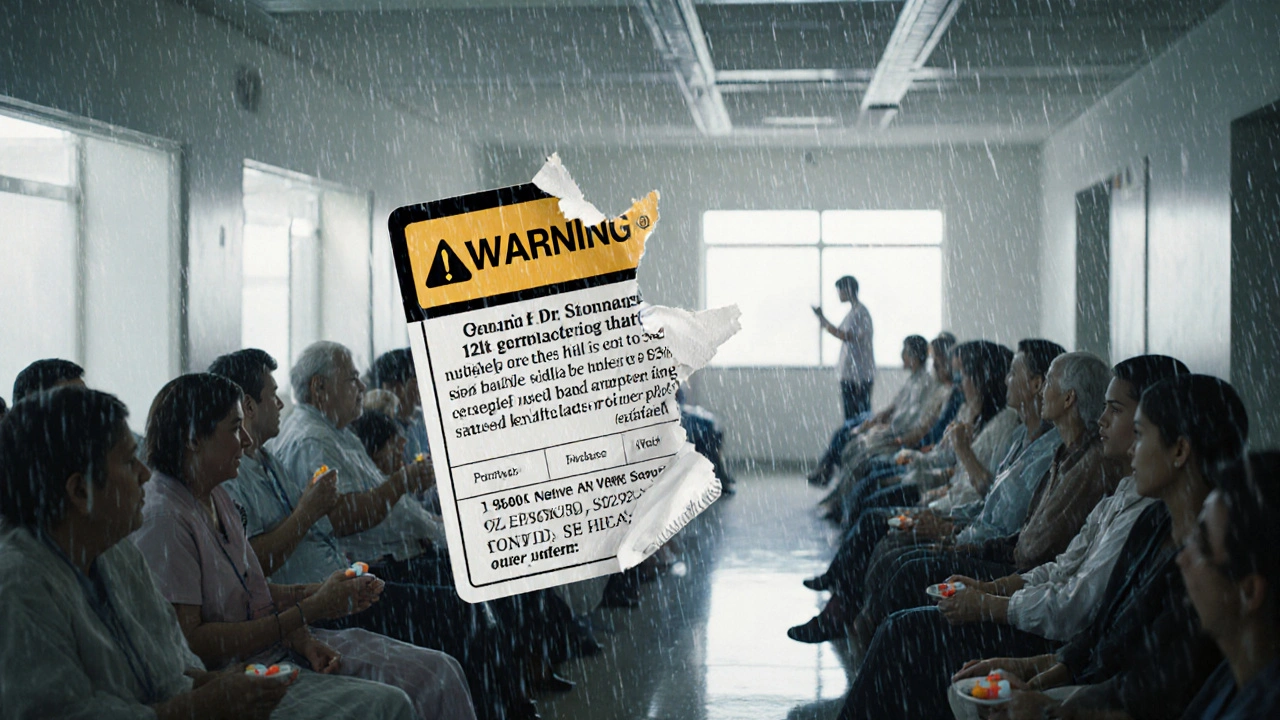
What’s Next for Generic Drug Safety?
The FDA hasn’t made a final decision on the 2013 proposal. But pressure is growing. More patients are taking generics - over 90% of prescriptions in the U.S. are filled with them. Insurance companies push them because they’re cheaper. But cost shouldn’t come at the cost of safety. Some experts believe the FDA will eventually require generics to update labels independently. Others think Congress will step in with new legislation. Either way, the system is overdue for change. For now, the gap remains. A patient taking a generic version of a blood pressure drug might be unaware that a new warning about dizziness was added to the brand version six months ago - because their version still says “rare side effect.” That’s not just outdated. It’s dangerous.Frequently Asked Questions
Are generic drugs less safe than brand-name drugs?
No. FDA-approved generics must meet the same strict standards for quality, strength, purity, and effectiveness as brand-name drugs. The active ingredient is identical. But safety warnings on generics can be outdated because manufacturers can’t update labels on their own - only the brand-name maker can initiate changes. That’s a communication gap, not a quality issue.
Why can’t generic drug companies update their own safety labels?
Under current FDA rules, generic manufacturers must match the brand-name drug’s label exactly. They can’t add new warnings unless the original company updates theirs first. This rule dates back to the 1984 Hatch-Waxman Act, which was meant to speed up generic approvals but didn’t account for how safety data evolves after a drug is on the market.
Can inactive ingredients in generics cause problems?
Yes. While the active ingredient is the same, generics can use different fillers, dyes, preservatives, or coatings. For most people, this doesn’t matter. But for those with allergies - like to corn, gluten, or certain dyes - or those with kidney or liver disease, these differences can affect safety. The FDA requires matching excipients in eye drops and injections, but not always in pills or capsules.
How do I know if my generic drug has a new safety warning?
Check the FDA’s Drug Safety and Availability page, which lists all current alerts. You can also sign up for email notifications from MedWatch. If your pill looks different, ask your pharmacist if it’s from a new manufacturer. And always report side effects directly to the FDA - your report helps trigger reviews.
Are complex generics riskier than simple ones?
They can be. Complex generics - like inhalers, patches, or extended-release injections - rely on precise delivery systems. Even small differences in how the drug is released can change how well it works or how safe it is. The FDA has increased its monitoring of these products because they’re harder to copy exactly. If you’re on one, pay close attention to how you feel and report any unusual symptoms.
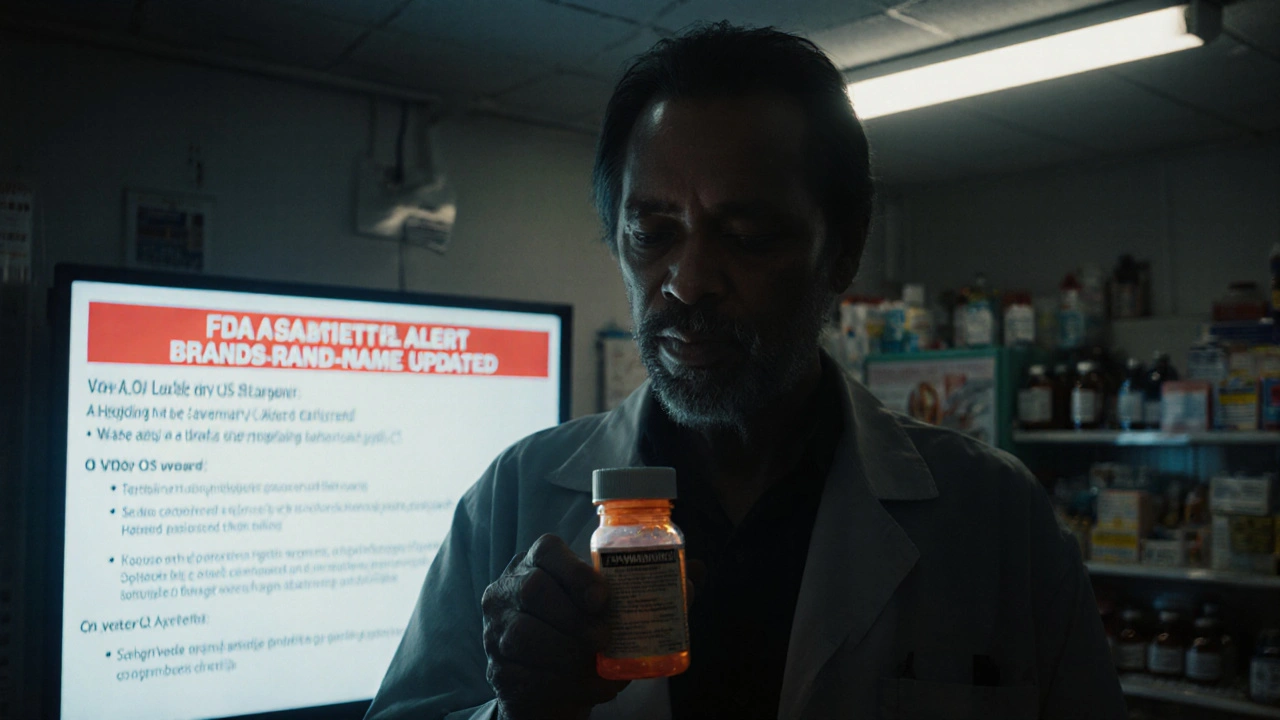



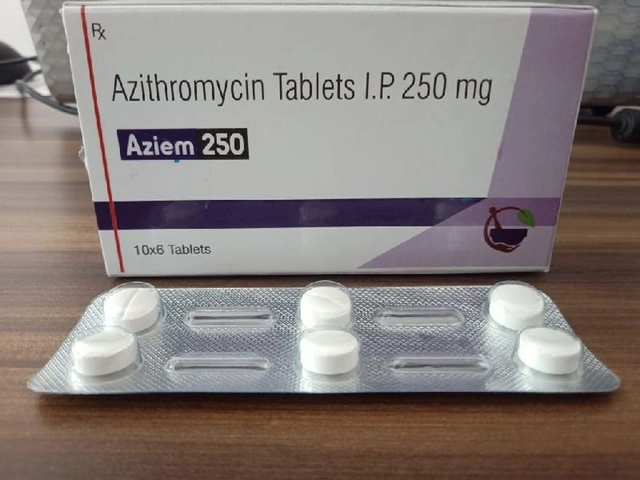
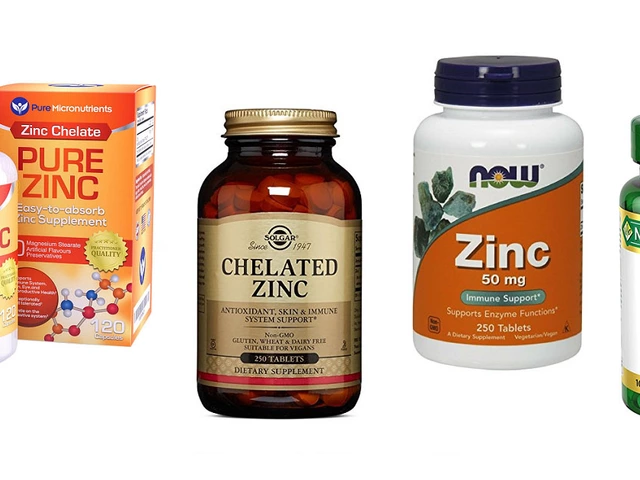
Beth Banham
November 8, 2025 at 20:47
Had a generic blood pressure med that made me dizzy for weeks. My doctor said it was 'normal' until I checked the FDA site and saw the brand had updated the warning 4 months prior. Scary how easy it is to get left behind.